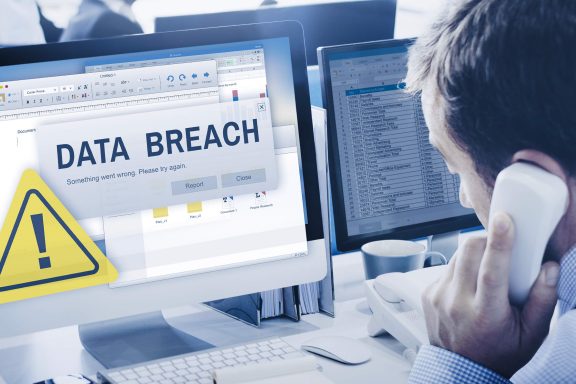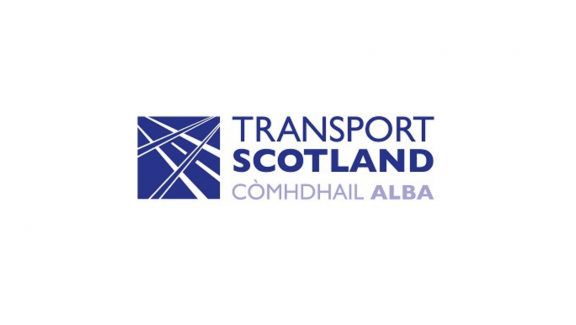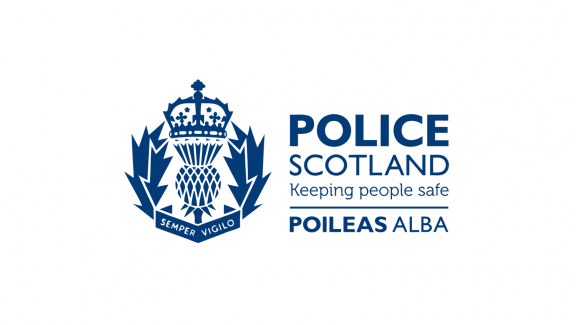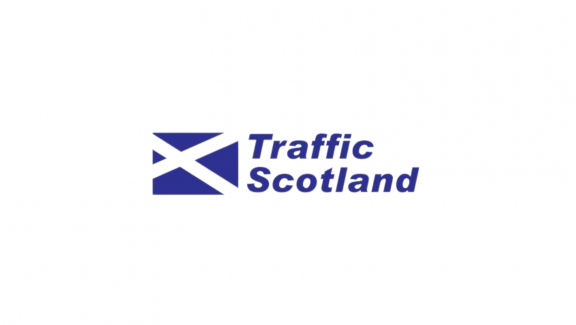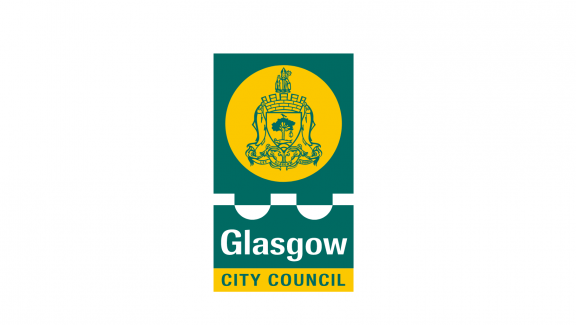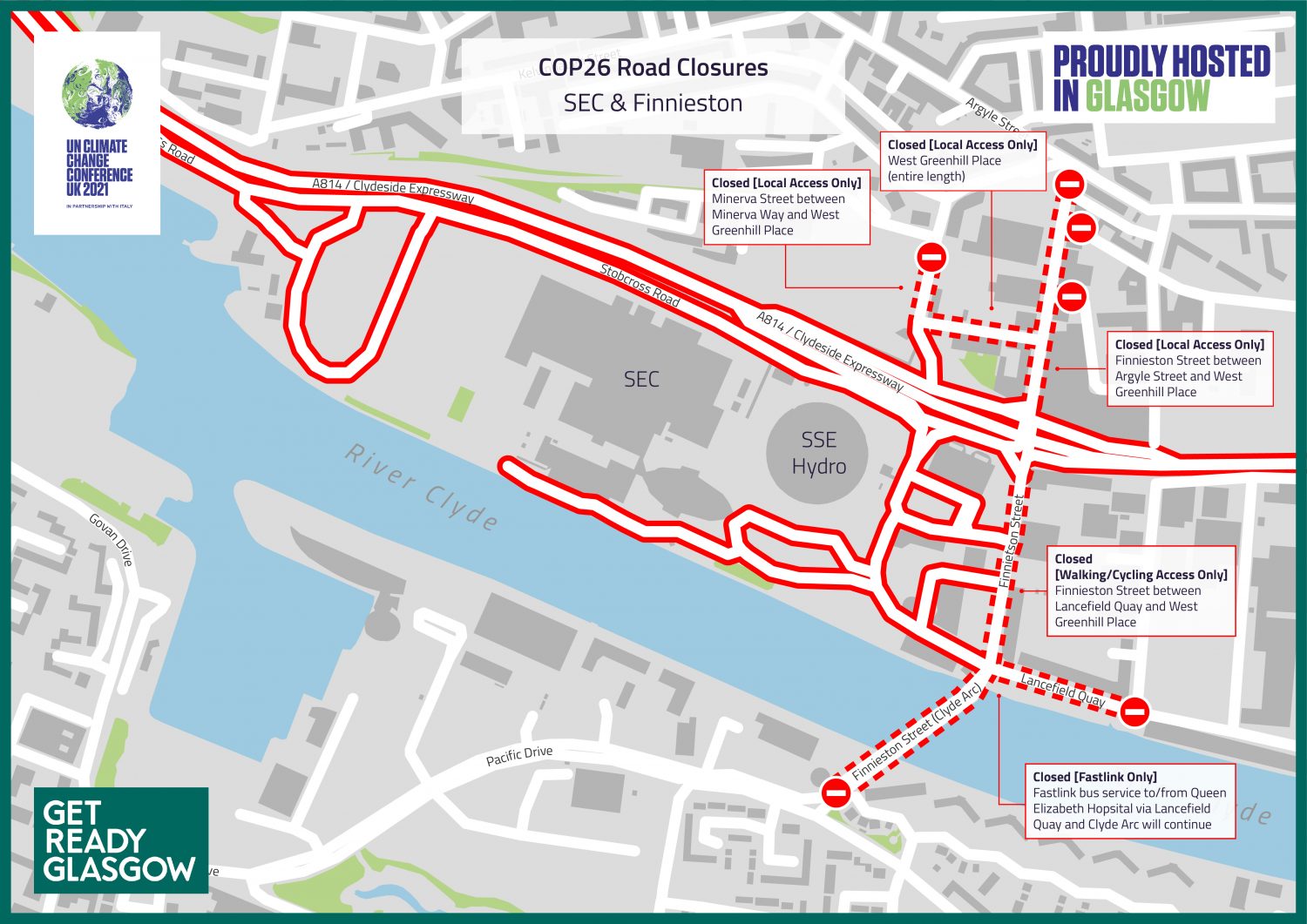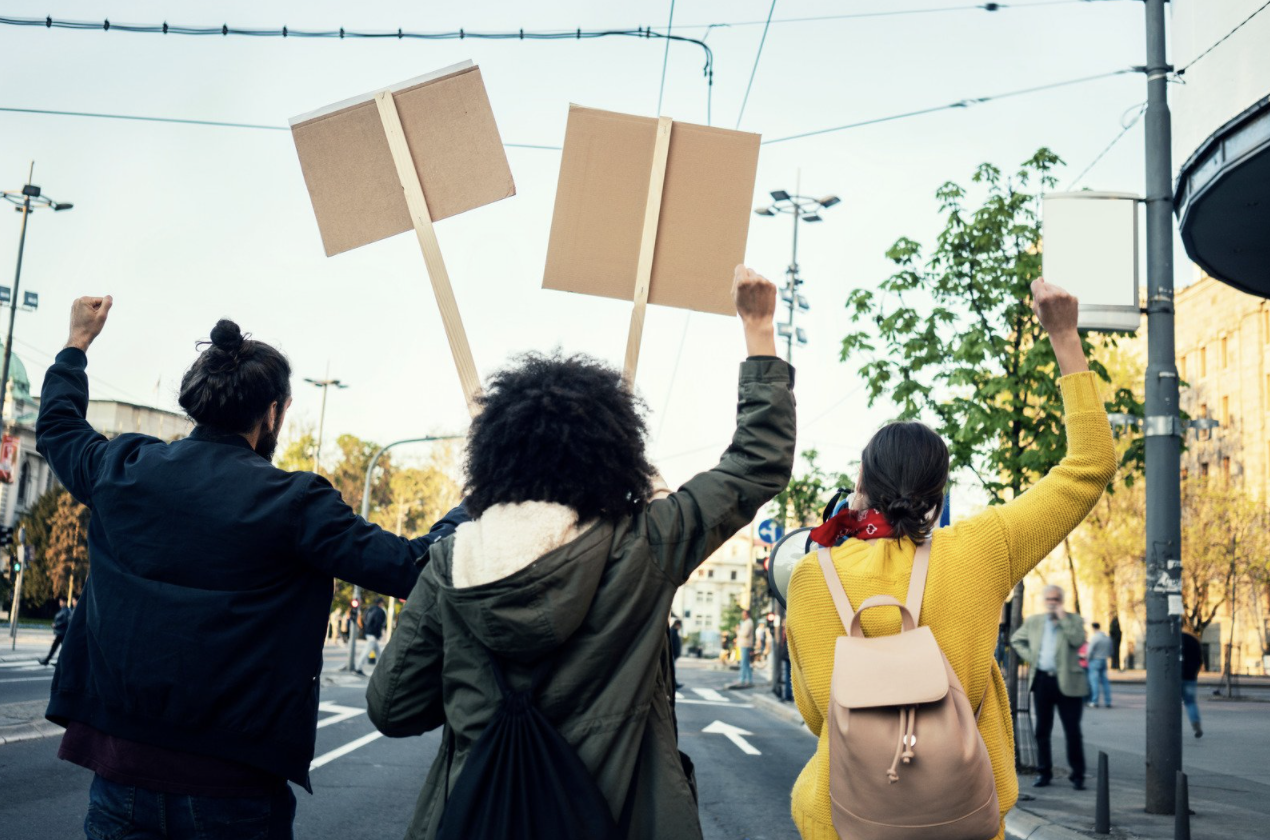Glasgow played host to the 26th UN Climate Change Conference of the Parties (COP26) in Glasgow on 31 October – 12 November 2021. Below was our info page with details on the conference and ways to mange your business resilience throughout it.
________________________________________
COP26 will be biggest summit the UK has ever hosted, with around 30,000 attendees expected if it goes ahead as a fully physical event. Many people see it as the most significant climate event since the 2015 Paris Agreement – when all the signatories to the UNFCC agreed to keep temperatures well below 2 degrees Celsius above pre-industrial levels and to pursue efforts to limit the temperature increase even further to 1.5 degrees Celsius.
The COP26 summit will bring parties together to accelerate action towards the goals of the Paris Agreement and the UN Framework Convention on Climate Change.
COP26 was rescheduled by a year to November 2021 to allow time to deliver a successful summit while the world tackles the pandemic. The intent remains to hold the summit in person, whilst putting the health and wellbeing of local communities and delegations at the centre of decisions about how the event will take shape.
Business guidance
A guide to help businesses in the city prepare for COP26 has been launched and is available on the Get Ready Glasgow website. It covers areas including safety and security, traffic and transport and ways businesses can play their part. Access it here.
Transport
Transport Scotland have published a Transport Plan Overview for the event. Read about local transport measures and what they will mean for the public, businesses and visitors.
